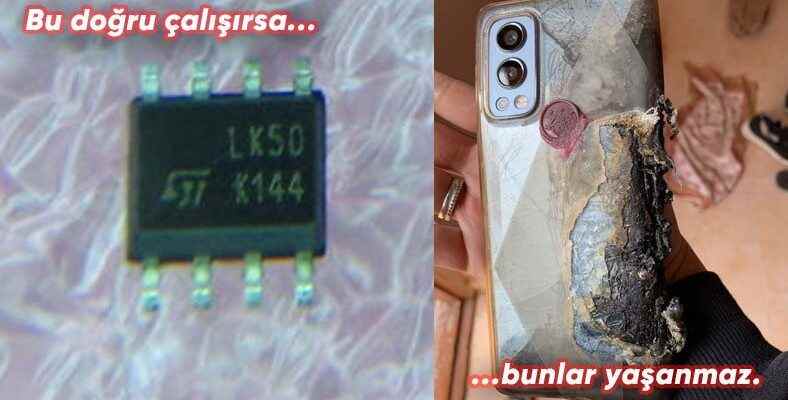A system called a regulator is used to ensure that devices that are connected to a power source or that are charging always receive the correct voltage. This seemingly insignificant system is actually the number one priority of device security. Let’s take a closer look at what the regulator is, how it works, what are the types.
How much technology has developed, how cool are the devices we use? No matter how cool it is, an electronic device needs electricity, that is, a power source. The device is connected to the power supply exposed to the correct voltage level while operating or charging. it is extremely important. It is the system regulator that adjusts this voltage level and keeps it at the right level at all times.
Regulator it is built into most devices but can also be used externally on much larger devices and machines. The regulator has a simple working principle. It takes the current and brings it to the right level, simple as that. If we consider the possibility of explosion of a simple device that is not exposed to the right voltage, we understand that it is of vital importance. What is a regulator, what does it do, what are its types Let’s take a closer look.
What is a regulator?
voltage regulator or for short regulator; machines and devices that are connected to a power source or charged during the time they are connected. It is a system that ensures that they are exposed to the correct voltage level. The regulator, which works as a linear feed forward or negative feedback, acts as a buffer in case of a possible voltage change and prevents damage to the machine or device equipment connected to the power supply.
What does the regulator do?

Let’s think like this; you are driving at a certain speed, but for a moment You’ve lost control and are about to hit something. Fortunately, the car is surrounded by absorbent materials that are strong enough to almost eliminate the impact. The car crashed into a tree, but your nose didn’t even bleed. The regulator for electronic devices undertakes this task.
Today, electrical circuits and grounding systems are extremely successful. However Electrical power can get out of control for many different reasons. It is a regulator that allows the energy, which has managed to pass through many different stations in an uncontrolled way, to calm down without harming the connected device or machine after it comes out of the power source.
How does the regulator work?

Although it varies according to the types, a standard regulator It has three basic components; Feedback Circuit, Stable Reference Voltage and Transition Element Control Circuit. The Feedback Circuit detects changes in the DC voltage output, generates a Stable Reference Voltage signal, and the Transition Element Control Circuit regulates the changes it learns from the signal to set the correct voltage.
That is, the regulator components momentarily control the voltage, observe the changes, notice the change and eventually to prevent damage to the device or the machine. absorbs the excess and brings it to the right level. Such an advanced system is extremely surprising, as some regulators are small-sized devices.
Regulator types:
- linear voltage regulator
- series regulator
- shunt regulator
- switching voltage regulator
- step up regulator
- step-down regulator
- inverter regulator
Linear voltage regulator:

The linear voltage regulator acts as a voltage divider and is used to regulate power supplies. The standard regulator is a linear voltage regulator. It gives low output ripple voltage, has a fast response time, is less noisy but not very efficient, requires large space as it needs a heatsink, and does not increase the input voltage.
Linear voltage regulator is divided into two as series and shunt. The serial regulator uses a special component and this by changing the resistance of the component voltage regulation. The shunt regulator sends a variable resistor from the supply voltage to ground. Shunt is a simple system but less efficient than series.
Switching voltage regulator:

Switching voltage regulator works with negative feedback unlike linear. Turns off a component as soon as it detects a different voltage and it goes back before the change reaches the connected device. The size, weight and power control of the switching voltage regulator is extremely efficient. But its negative features are high output ripple voltage, slow response time, noisy and expensive.
switching voltage regulator It is divided into three as Step up, Step down and Inverter. Step up regulator lowers the output voltage, Step down regulator lowers the input voltage, and Inverter regulator makes special arrangements according to the needs. Each type has positive and negative features according to the device and machine used.
It ensures that our electronic devices always receive the correct voltage. what is the regulator, how does it work, what are the types We answered the curious questions such as and talked about the details you need to know about this system.
